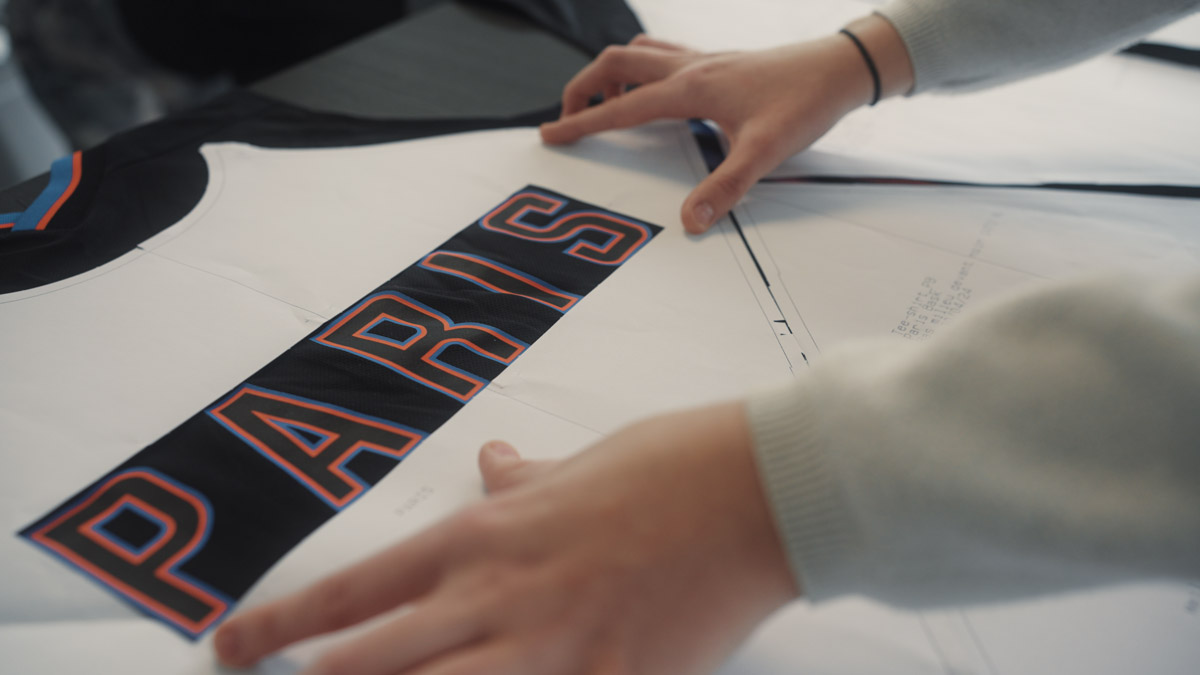AGEC Act and textile upcycling: towards sustainable management of unsold goods
Upcycling enables brands to comply with the AGEC law while creating value from their unsold textiles. A key solution for circular fashion.
.png)
your
textile products with us?
Every year, 5.8 million tonnes of textile waste are generated in Europe, much of which is incinerated or landfilled. This figure makes the textile industry one of the most polluting in the world, due to its linear model: produce, consume, throw away.
To counter this model, France passed structuring legislation in 2020: the Anti-Waste for a Circular Economy (AGEC) law. Among its many measures, one of the most emblematic is theban on the destruction of unsold non-food items, including textiles.
The AGEC Act: a legislative framework for a circular economy
Gradually coming into force in 2020, the AGEC Act aims to transform our relationship with resources, by promoting :
For the textile sector, this means an obligation to recycling brands and distributors can no longer destroy their stocks. They must be donated, recycled or reclaimed, or face sanctions.
This regulatory constraint is forcing companies to rethink the end-of-life of their textiles, by integrating circular solutions into their value chain.

Upcycling: an ecological and strategic response
Among the textile recycling levers, theupcycling (stands out for its strong environmental and economic potential.
Rather than recycling material to create yarn, upcycling involves transforming finished products directly into new pieces - clothing, accessories, textile objects. This avoids the energy-intensive stages of industrial transformation.
The environmental benefits of upcycling
- 92% reduction in CO₂ emissions compared to conventional production,
- Water consumption divided by 10,000,
- No use of chemicals,
- Fewer microplastics generated (no new synthetics). Find out more about our products.
By extending the lifespan of products,upcycling contributes fully to the objectives of the AGEC law.

From constraint to opportunity: case studies
More and more companies are using upcycling to comply with the AGEC law while enhancing their brand image.
Losanje x La Poste
20,000 obsolete vests upgraded to 33,000 kits, offered to employees. Result:
- 5 tonnes of textiles avoided
- 155,000 kg of CO₂ saved
- A project made in France, in line with the Group's CSR strategy
Losanje x Paris Basketball
Upcycled merchandising capsule from unsold seasonal goods. Result:
- A new source of income
- Powerful storytelling
- 520 kg of CO₂ avoided
Upcycling: a lever for brand innovation
Contrary to a punitive vision of the AGEC law, upcycling opens up new strategic perspectives:
- Creating unique, responsible products
- Strengtheningbrand image
- Activation of CSR or product marketing campaigns
- New B2B or B2C business opportunities
Companies such as Ancor Garments, Roland Garros and Crédit Agricole have understood that upcycling not only reduces waste, but also creates value from what already exists.
.jpg)
Conclusion: upcycling at the heart of the textile transition
The AGEC law marks a decisive turning point for the textile sector. It imposes a paradigm shift in which the management of unsold goods becomes as much a strategic issue as an environmental one.
In this context,industrial upcycling offers a concrete, scalable and desirable solution. It enables brands to :
- Reduce their carbon footprint
- Meeting regulatory requirements
- Innovate by enhancing what already exists
Losanje supports companies in this transition, transforming their dormant or obsolete stock into new, sustainable opportunities.
Ideas, materials,
a project? We'd love to hear from you.
At Losanje, we can help you create responsible textile products, whether you have materials to recycle or not.
You might like
...


.png)
.jpg)
